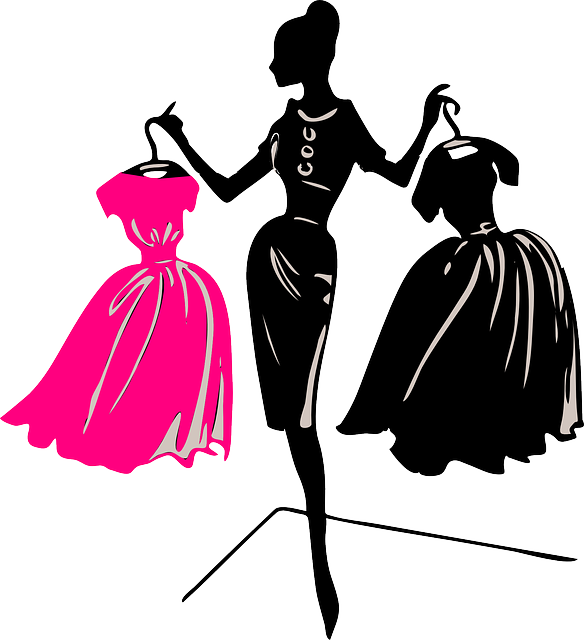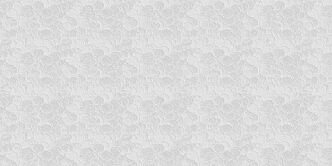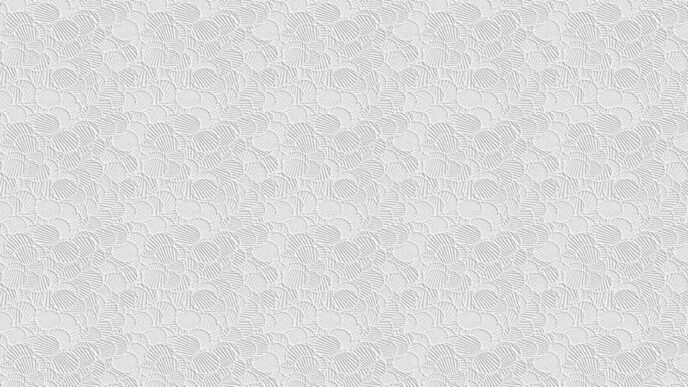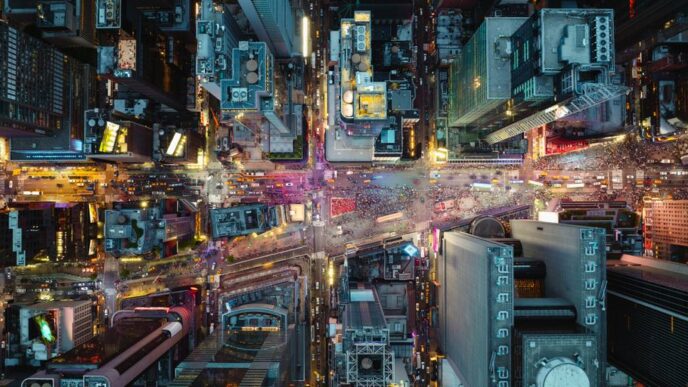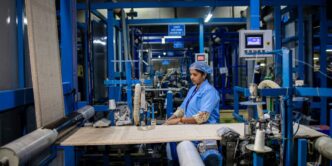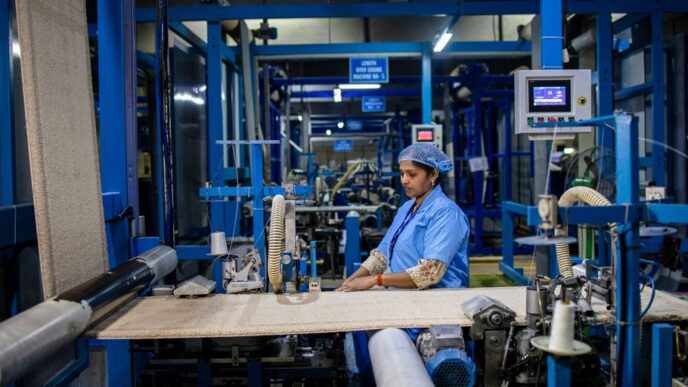If you’re fascinated by the captivating world of fashion design and the visionary individuals who bring stunning garments to life, you’ve come to the right place. In this comprehensive guide, we will dive deep into the essence of fashion designers, their role, and the fascinating process through which they manifest their unique visions. From sketching initial designs to carefully selecting fabrics and overseeing production, we will explore every facet of this exhilarating industry.
Who is a Fashion Designer?
A fashion designer is an individual who crafts clothing pieces, including dresses, suits, pants, skirts, and accessories such as belts, bags, and shoes. They can work for established clothing companies or build their own fashion label. Typically, fashion designers have attained a degree in fashion design from a reputable college or university.
Exploring Different Types of Fashion Designers
Fashion designers come in a myriad of forms, each with their own distinctive style and approach to fashion design. While some designers enjoy widespread recognition, others contribute their creativity behind the scenes. Let’s take a closer look at the different types of fashion designers:
Haute Couture Designers: These designers create exquisite, tailor-made garments for affluent clients. Their exceptional creations often grace red carpets and other high-profile events.
Ready-to-Wear Designers: Ready-to-wear designers produce clothing that is readily available for purchase. These designs are usually more affordable than haute couture and can be found in brick-and-mortar stores and online retailers.
Streetwear Designers: Streetwear designers specialize in crafting fashionable clothing with a casual flair. Their designs cater to a more relaxed style and can be found in independent boutiques, skate shops, and online retailers.
Sportswear Designers: Sportswear designers create functional and stylish clothing for athletes and individuals leading an active lifestyle. Their designs can be found in sporting goods stores and online marketplaces.
The role and responsibilities of a fashion designer
Fashion designers possess multifaceted roles that extend beyond simply designing garments. They are responsible for establishing a distinctive look or style for their clothing lines. Their responsibilities encompass sketching design concepts, selecting fabrics and patterns, and overseeing the production of their garments.
Fashion designers often draw inspiration from specific eras, cultures, or locations to create something unique that reflects their style. Effective communication of their vision to the production team is vital. Collaborating closely with patternmakers, seamstresses, and other professionals ensures that their garments are crafted precisely according to their specifications.
Fashion designers typically possess a four-year degree in fashion design or a related field. Many designers gain practical experience by interning or working as assistants before embarking on their labels.
Strategies for Becoming a Successful Fashion Designer
To become a successful fashion designer, one must possess a diverse set of skills and pursue various avenues of opportunity. Consider the following strategies:
Acquire Education: Pursue a degree in fashion design from an accredited institution to acquire a solid foundation in the field.
Launch Your Brand: Consider starting a line of clothing or accessories to showcase your unique style and vision.
Gain Experience: Work as an assistant or intern for established designers to gain invaluable industry experience and develop essential connections.
Develop a Strong Portfolio: Build an impressive portfolio that showcases your creative prowess, technical skills, and understanding of current fashion trends.
Diverse Career Paths for Fashion Designers
Fashion design offers a range of exciting career paths, each catering to different talents and interests. Some of the common career options for fashion designers include:
Haute Couture Designers: Creating bespoke garments for affluent clients while working with renowned fashion houses
Ready-to-Wear Designers: Designing clothing that is produced for retail sale, either through established brands or independent ventures
Costume designers: crafting costumes for movies, theater productions, and television shows
Fashion Illustrators: Producing stunning visual representations of clothing designs through sketches and digital art
Patternmakers: developing precise patterns that serve as blueprints for constructing garments
Textile Designers: Creating captivating fabric designs and patterns for clothing and textile products
Essential Skills for Fashion Designers
To excel as a fashion designer, you must possess a diverse skill set. Here are some essential skills required in this profession:
Creativity: Unleash your imagination and think outside the box to generate innovative and unique design concepts.
Attention to Detail: Pay meticulous attention to every aspect of your designs, from fabric selection to intricate embellishments.
Sketching and visualization: Develop the ability to translate your ideas into detailed sketches and visual representations.
Garment Construction: Acquire a deep understanding of how garments are constructed, including patternmaking and sewing techniques.
Knowledge of Fabrics and Materials: Familiarize yourself with different fabrics, their properties, and how they behave when used in clothing production.
Trend Awareness: Stay up-to-date with the latest fashion trends, consumer preferences, and industry developments to create designs that resonate with your target audience.
Current Trends in the Fashion Industry
The fashion industry is in a constant state of flux, driven by ever-evolving trends. Staying informed about the latest trends is crucial for aspiring fashion designers. Here are some current trends that are making waves:
Streetwear: Embrace the rising popularity of comfortable and stylish streetwear. Incorporate oversized hoodies, joggers, and sneakers into your designs for an urban edge.
Haute Couture: Explore the realm of bespoke fashion, where designers create one-of-a-kind, extraordinary garments inspired by art, history, and luxury.
Conclusion
Fashion designers are the visionary geniuses behind the clothing, footwear, and accessories that shape our daily lives. With their immense creativity, attention to detail, and in-depth knowledge of fabrics and colors, they craft pieces that transcend mere functionality. Fashion designers play a vital role in transforming our style and reflecting our culture.

